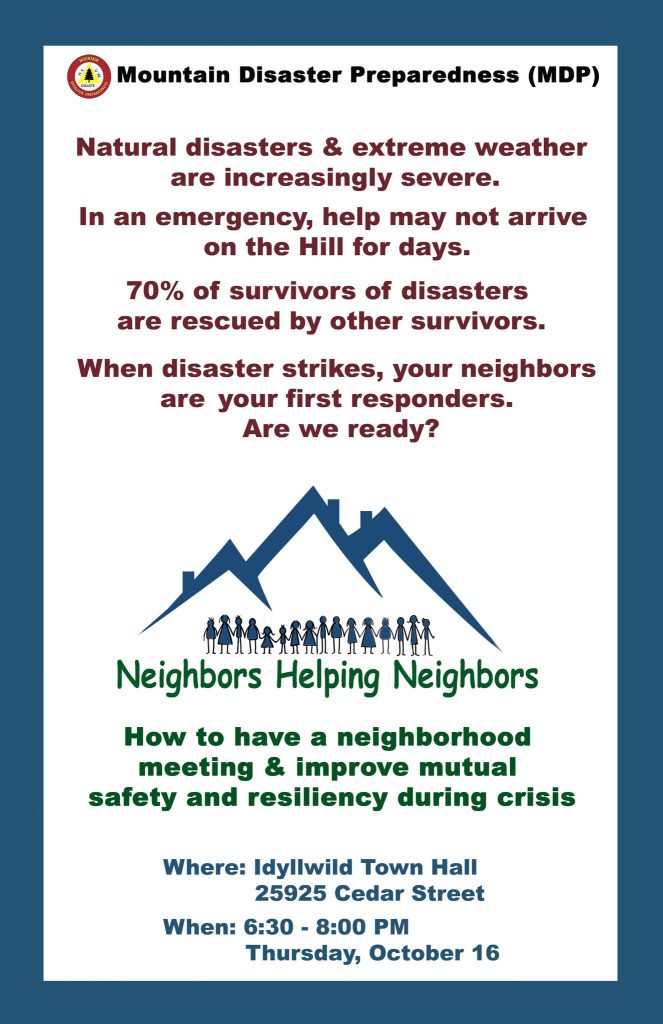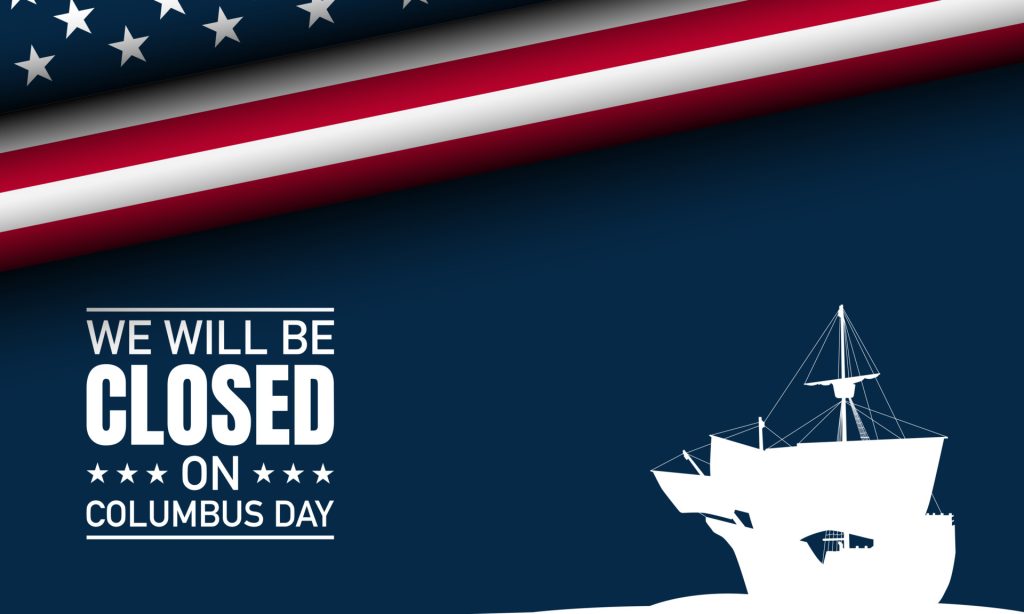Posted by admin on August 8, 2025
A is for Aqueduct – a man made canal used to carry water from one place to another.
B is for Brushing – remember to turn the faucet off when brushing your teeth
C is for Colorado – an aqueduct that delivers water to Southern River California
D is for Drought – a long period of time with little or no rainfall
E is for Electricity – water produces energy to make electricity
F is for Filtration – filtration plants are when dirty water is cleaned and purified
H is for Hydrogen – water is made up of 2 parts hydrogen and 1 part oxygen
I is for Irrigation – a method farmers use to water their crops
J is for Jellyfish – a transparent sea creature that is 95% water
K is for Kids – we love water-wise kids!
L is for Los Angeles – an aqueduct that is the major source of water for the city of Los Angeles
M is for Millions – nearly 18 million people use water in Southern California
N is for Never – NEVER changes…it always remains the same
O is for Ocean – the Pacific Ocean is the largest ocean in the world
P is for Precipitation – the water which falls to the earth as rain, snow, sleet, or hail
Q is for Quality – water quality means water that is safe to drink
R is for Reservoir – a place where water is stored for future use
S is for Shower – take short showers to save water
T is for Transpiration – the evaporation of water through the leaves of plants
U is for Underground – groundwater is water that is stored Underground
V is for Vapor – water in the form of gas
W is for Water Cycle – the continuous natural cycle of water in the environment
X is for Xeriscape – a garden or landscape using water-saving plants
Y is for YOU – YOU must teach others the importance of saving water
Z is for Zanjas – ditches that carried water to Los Angeles over 200 years ago


